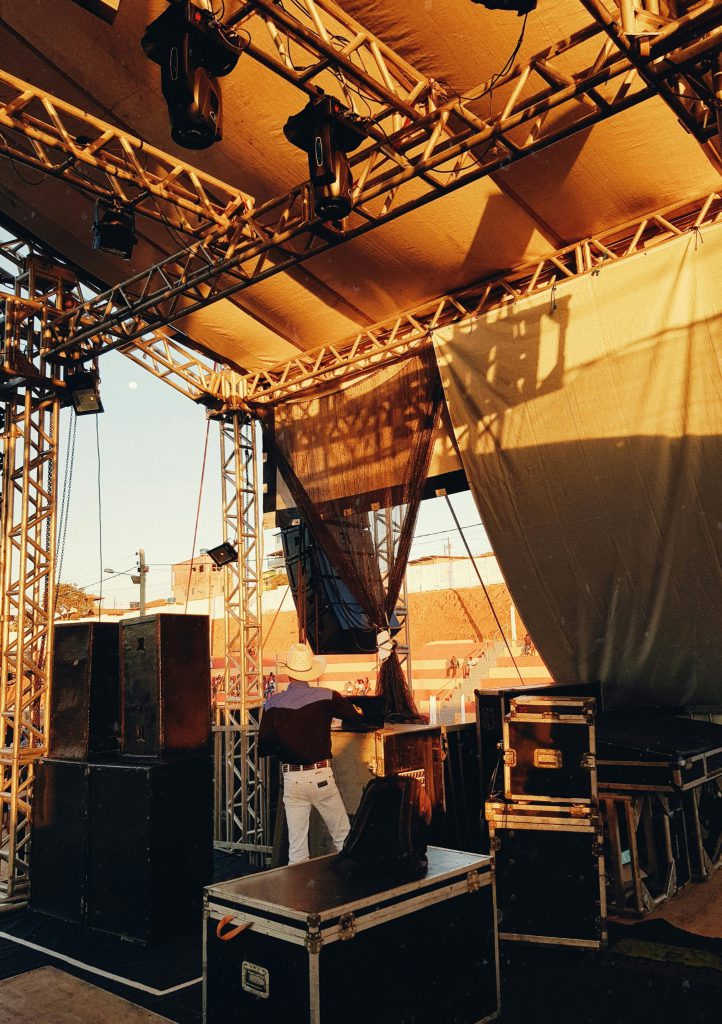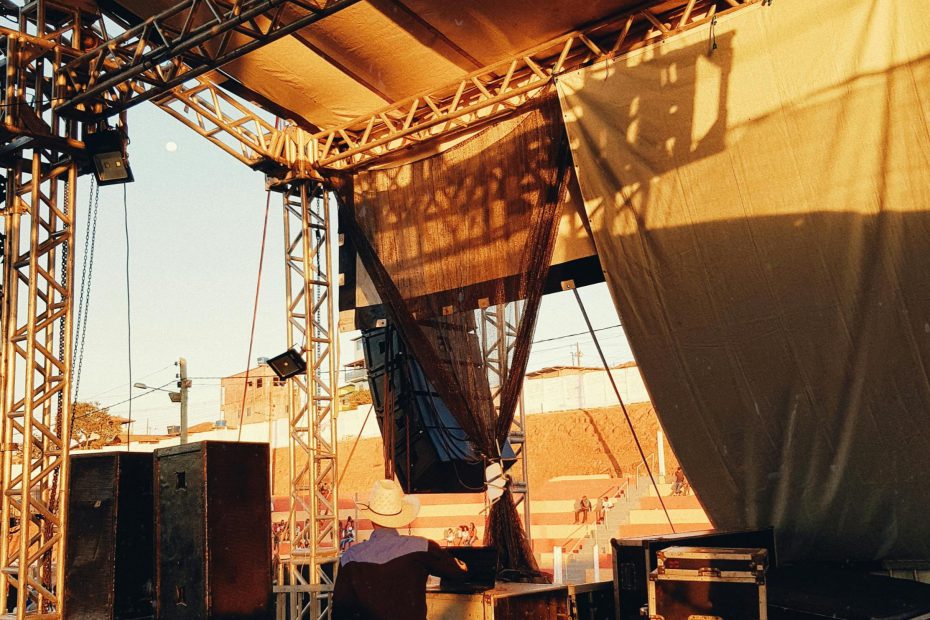Monitor Speaker Buying Guide: Find the Perfect Pair for Your Studio
Choosing the right Monitor Speaker is crucial for achieving accurate sound reproduction in your studio. Whether you’re mixing, mastering, or producing music, a high-quality Monitor Speaker ensures that you hear every detail with precision. In this guide, we’ll help you find the perfect Monitor Speaker by exploring key factors such as size, frequency response, power, and room acoustics.

Why a Monitor Speaker is Essential for Your Studio
A Monitor Speaker differs from regular speakers because it is designed to provide a flat, uncolored response. This allows producers and engineers to make accurate mixing decisions without the influence of enhanced bass or treble.
Key Benefits of a Monitor Speaker
- Accurate Sound Representation: Unlike consumer speakers, a Monitor Speaker delivers a true representation of your mix.
- Balanced Frequency Response: Ensures clarity across lows, mids, and highs.
- Reduced Audio Coloring: Helps avoid artificial bass boosts that can mislead your mixing decisions.
- Better Stereo Imaging: Provides a precise spatial representation of instruments and vocals.
How to Choose the Right Monitor Speaker
1. Consider Speaker Size and Studio Space
The size of your Monitor Speaker should match your studio dimensions:
- Small studios (nearfield monitoring): 5-inch or 6-inch Monitor Speakers.
- Medium-sized studios: 7-inch or 8-inch Monitor Speakers.
- Large studios: 10-inch or larger Monitor Speakers for extended bass response.
2. Understand Frequency Response
A flat frequency response is critical for accurate sound reproduction. Look for Monitor Speakers that cover the full range of human hearing (20 Hz – 20 kHz) with minimal deviation.
3. Choose Between Active and Passive Monitor Speakers
- Active Monitor Speakers: Built-in amplifiers for a streamlined setup.
- Passive Monitor Speakers: Require an external amplifier, offering more customization options.
4. Evaluate Power and Wattage
The power rating of a Monitor Speaker affects its volume and headroom:
- Low-power (20-50W): Suitable for small studios.
- Medium-power (50-100W): Ideal for mid-sized rooms.
- High-power (100W+): Needed for large studios with high SPL requirements.
5. Check Connectivity Options
Ensure your Monitor Speaker has the necessary inputs to integrate with your audio interface:
- XLR: Balanced connection for minimal noise.
- TRS (1/4-inch jack): Common in professional setups.
- RCA: Unbalanced connection, more common in consumer audio gear.
Best Monitor Speaker Options for Different Budgets
1. Budget-Friendly Monitor Speakers
JBL 305P MKII
- 5-inch woofer for detailed mid-range and bass.
- Broad sweet spot for consistent sound across different positions.
- Affordable without compromising accuracy.
Mackie CR-X Series
- Compact design suitable for home studios.
- Front-panel volume control and headphone output.
- Ideal for entry-level producers.
2. Mid-Range Monitor Speakers
Yamaha HS8
- 8-inch woofer for extended bass response.
- Iconic white-coned design used in professional studios.
- Flat response, making it a reliable choice for mixing.
KRK Rokit 8 G4
- Built-in DSP-driven room tuning.
- Front-firing bass port for better low-end response.
- Excellent for electronic and bass-heavy music.
3. High-End Monitor Speakers
Adam Audio A7X
- X-ART tweeter for ultra-clear high frequencies.
- Highly detailed stereo imaging.
- Great for critical listening environments.
Genelec 8040B
- Exceptional clarity and flat frequency response.
- Smart signal detection to reduce power consumption.
- Perfect for mastering engineers.
Setting Up Your Monitor Speaker for Optimal Performance
1. Positioning Your Monitor Speakers Correctly
Proper placement of your Monitor Speaker enhances accuracy:
- Place them at ear level to ensure an even sound projection.
- Form an equilateral triangle between you and the speakers.
- Angle the Monitor Speakers slightly inward to focus sound towards your listening position.
2. Optimize Room Acoustics
Even the best Monitor Speaker won’t perform well in a poorly treated room:
- Use acoustic panels to absorb reflections.
- Place bass traps in corners to manage low-frequency buildup.
- Avoid placing Monitor Speakers directly against walls to reduce bass exaggeration.
3. Calibrate and Test Your Monitor Speakers
- Use pink noise and frequency sweeps to identify problem areas.
- Adjust EQ settings if your Monitor Speaker supports room correction.
- Regularly check levels to prevent ear fatigue and distortion.
Common Mistakes When Choosing a Monitor Speaker
1. Relying on Consumer Speakers for Mixing
Consumer speakers enhance certain frequencies, leading to inaccurate mixing results. A dedicated Monitor Speaker ensures an uncolored sound.
2. Ignoring Room Acoustics
No matter how good your Monitor Speaker is, poor room acoustics will lead to inaccurate sound reproduction.
3. Overestimating Speaker Size
Bigger is not always better. Large Monitor Speakers in a small room can lead to excessive bass and unbalanced sound.
Finding the perfect Monitor Speaker for your studio requires careful consideration of size, frequency response, power, and room acoustics. Whether you choose an entry-level option like the JBL 305P MKII or a high-end Monitor Speaker like the Genelec 8040B, investing in the right pair will significantly improve your mixing and production accuracy. Take the time to set up and calibrate your Monitor Speaker properly, and you’ll enjoy a more reliable and professional sound experience in your studio.
